This stage is the longest and hardest of this Winter Way, so we recommend leaving early. You will start walking from Quiroga towards Monforte de Lemos, crossing small villages, nature trails, valleys and beautiful landscapes until you reach Barxa de Lor, from where you will climb to the top of O Castro da Lama and Castroncelos. Once in Pobra do Brollón, you will have all the services to make a stop on the way. The route continues towards Cereixa and passes by a cross with a carving of Santiago Peregrino, before starting to climb to the Alto da Serra. All that remains is to descend the mountain and a few more kilometres will take you to Monforte de Lemos.
On the banks of the river Cabe, Monforte de Lemos is considered the capital of the Ribeira Sacra for being the largest of the municipalities in population. The monastery of San Vicente do Pino, which forms a monumental complex of the same name, stands out, together with the Palacio Condal and the Torre del Homenaje, which are part of the medieval legacy of the town.
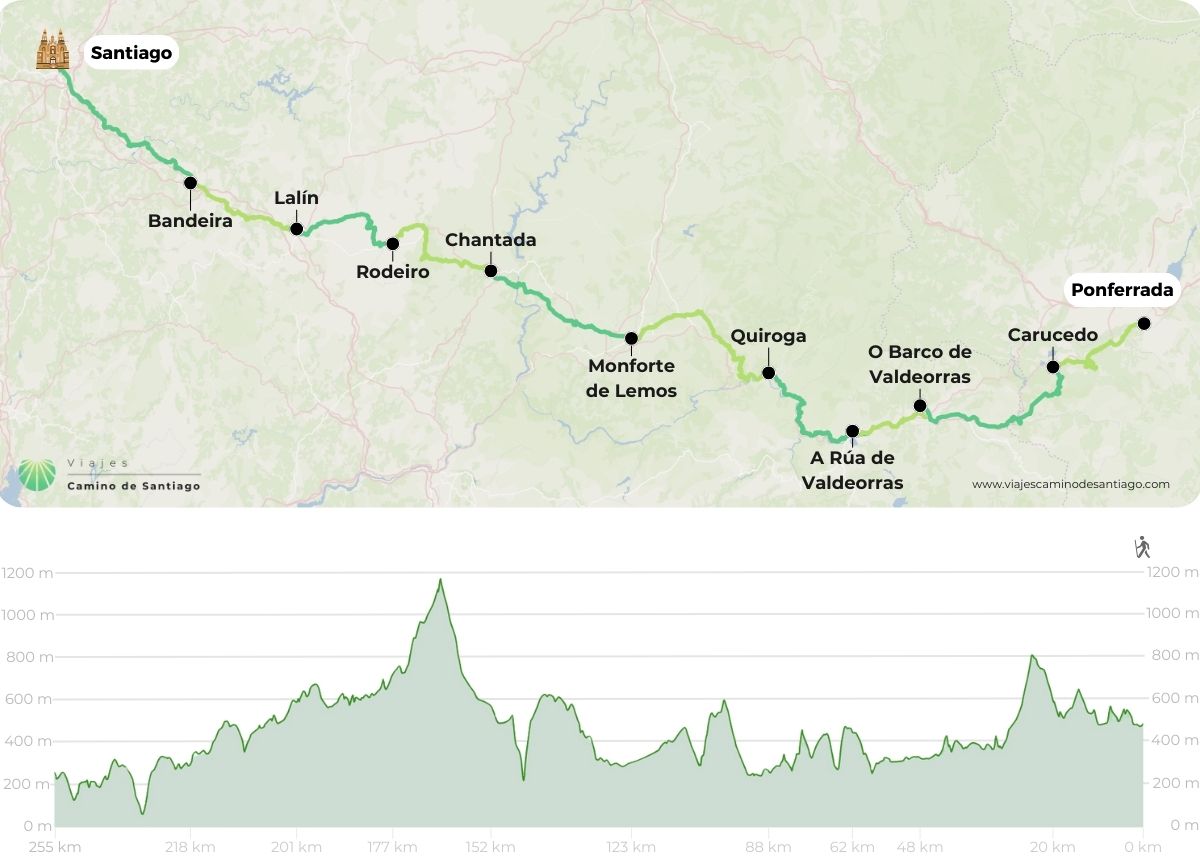
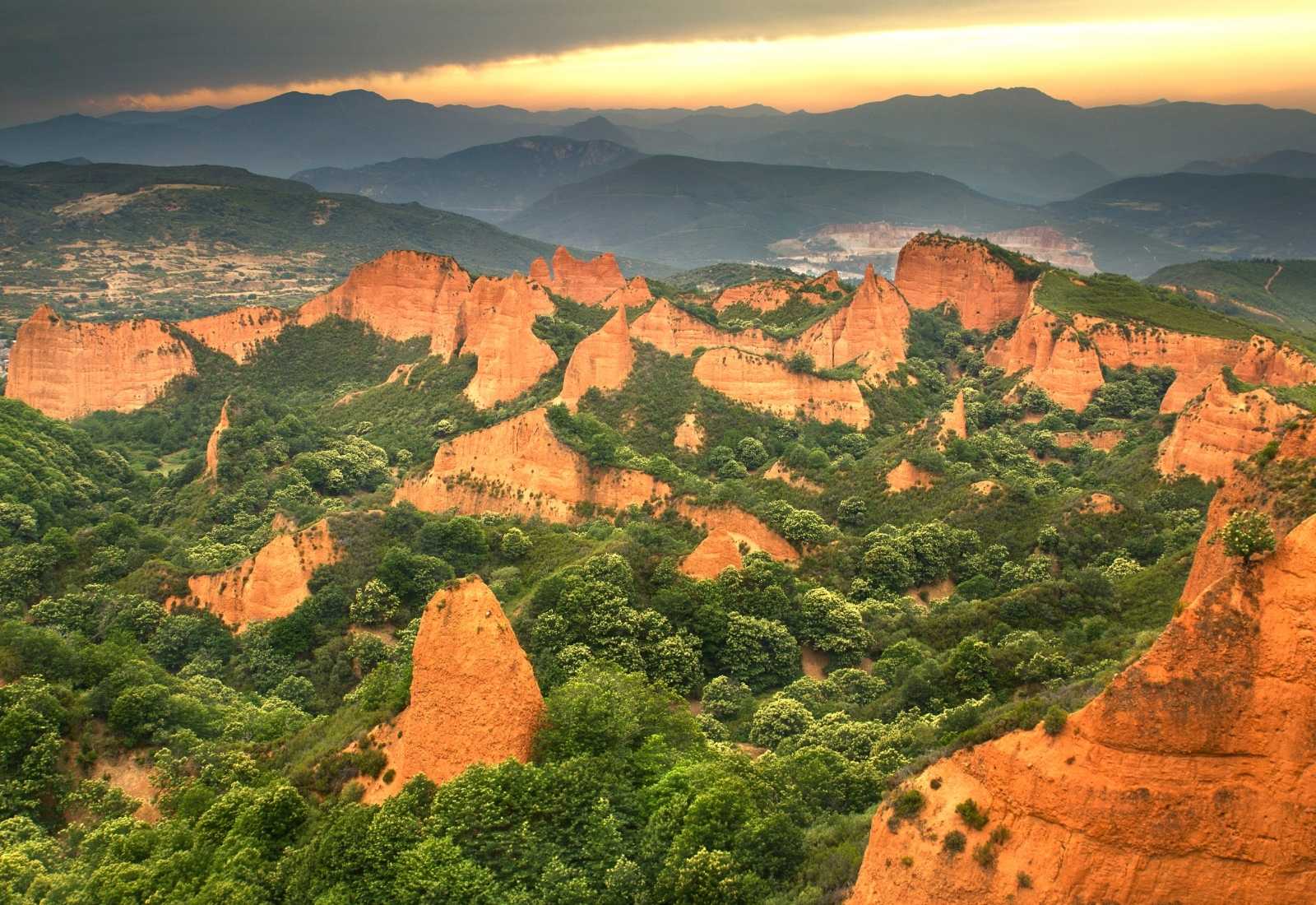
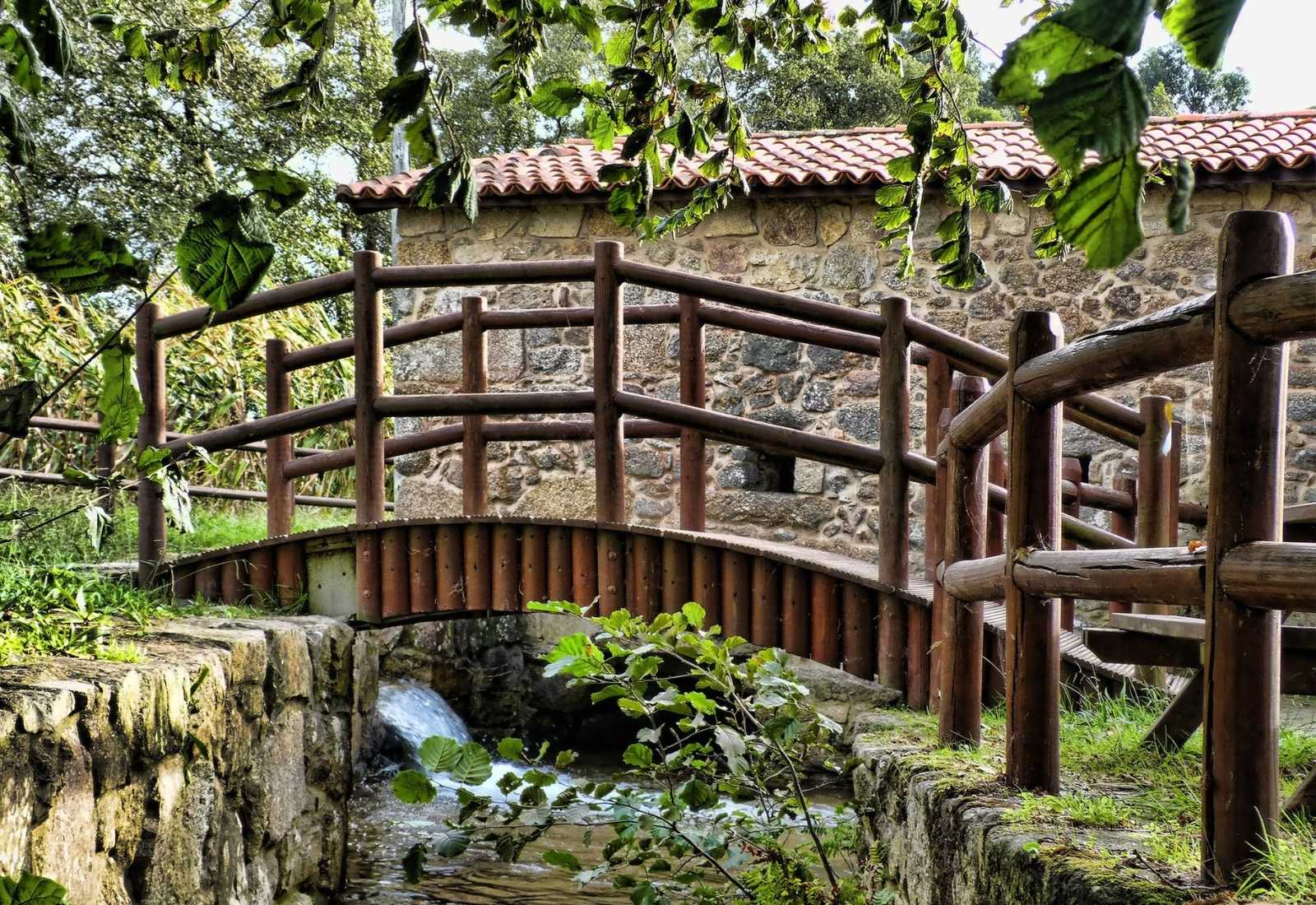
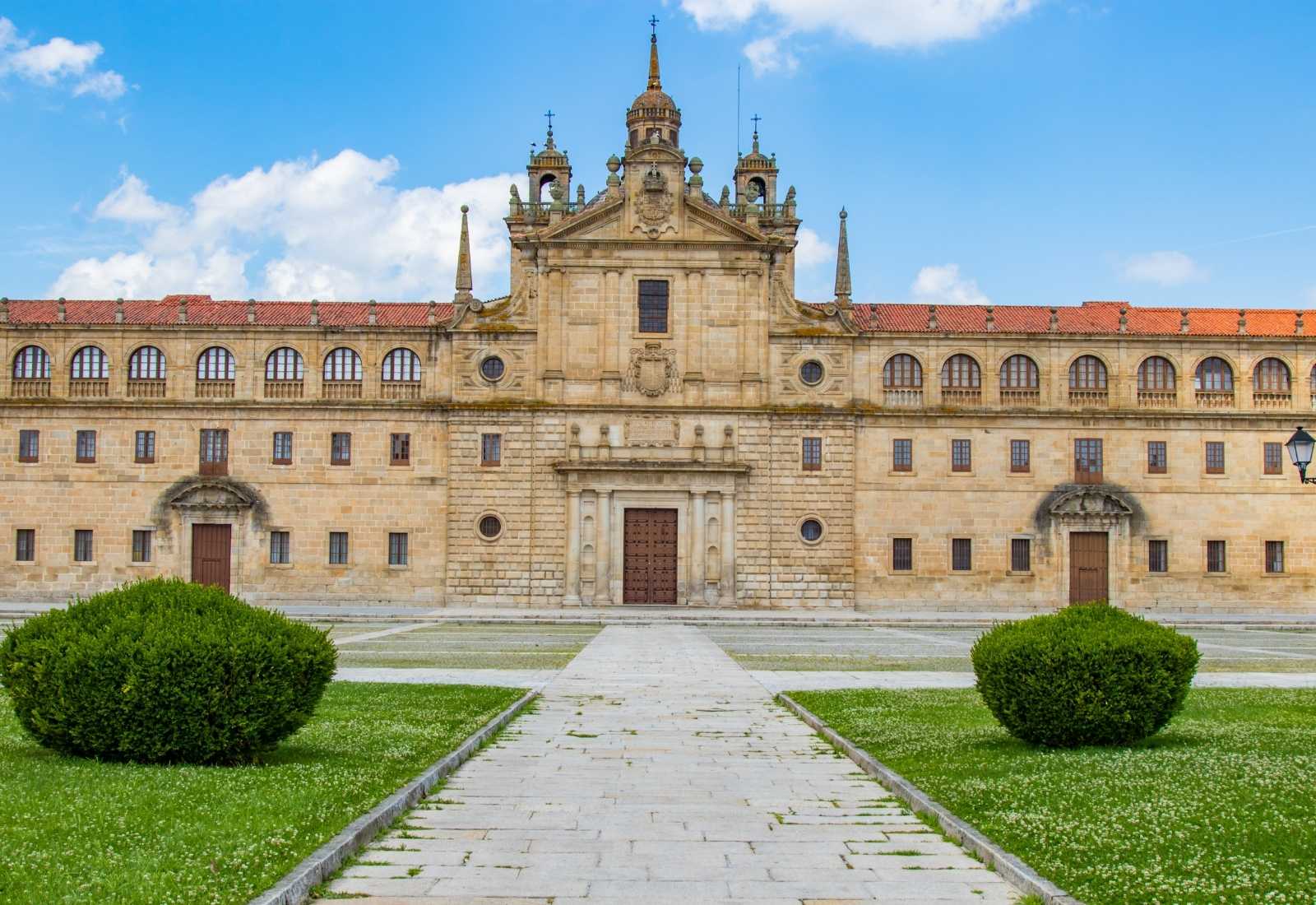
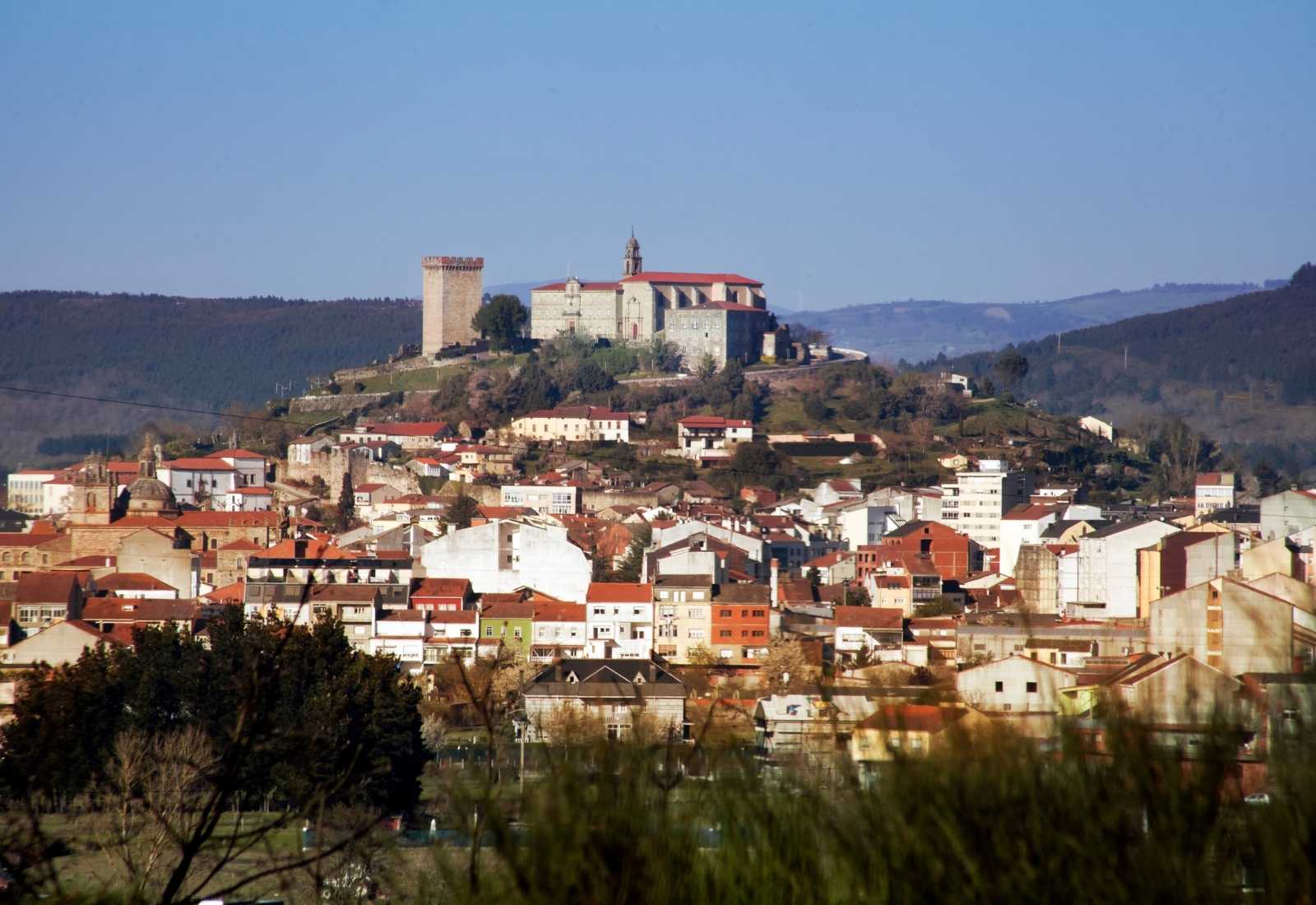
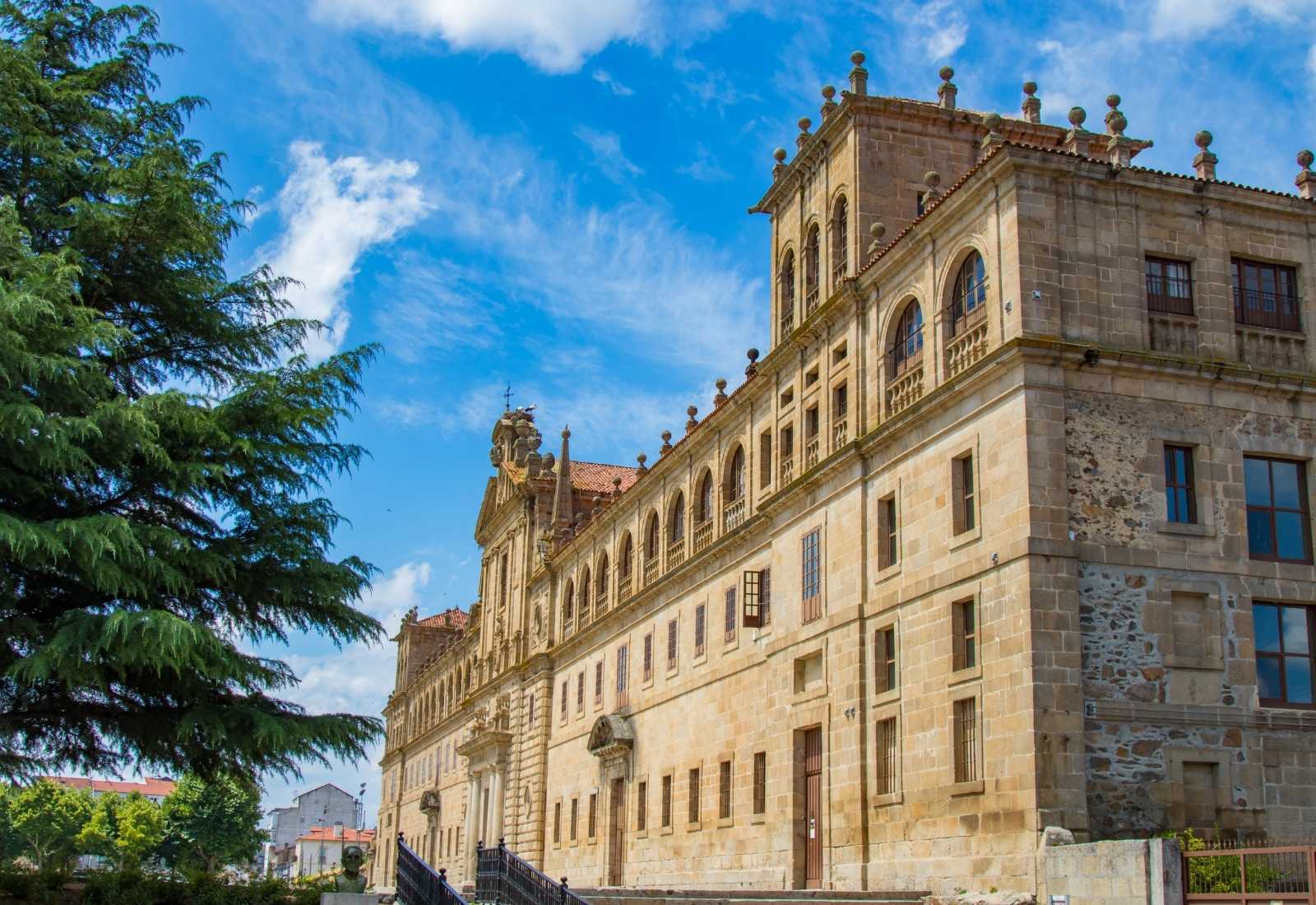
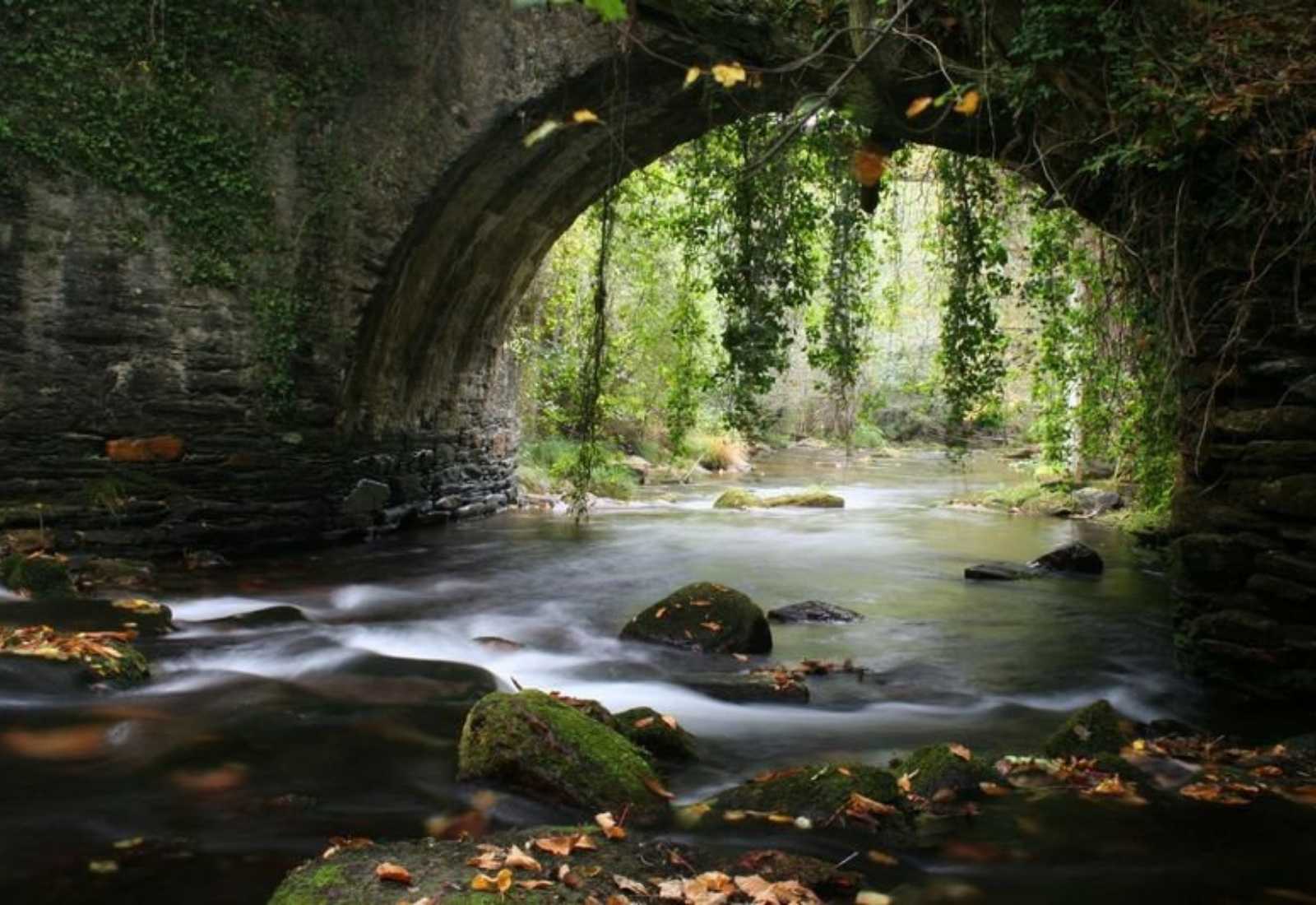

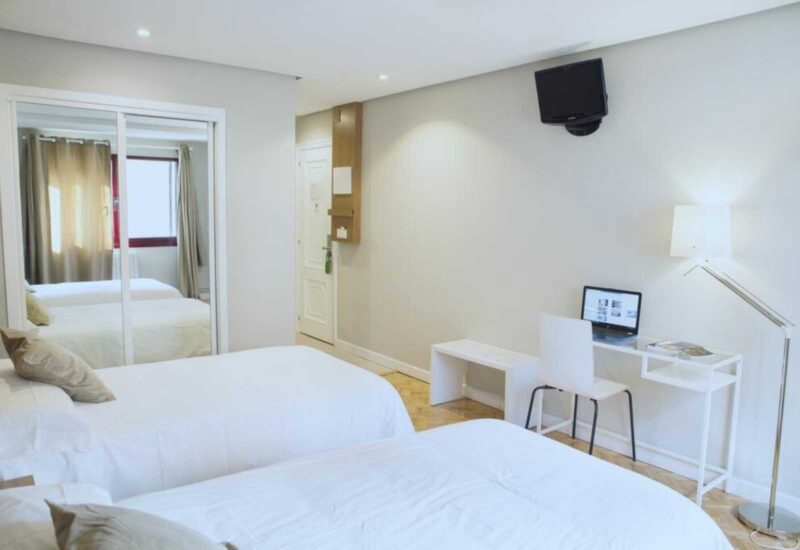
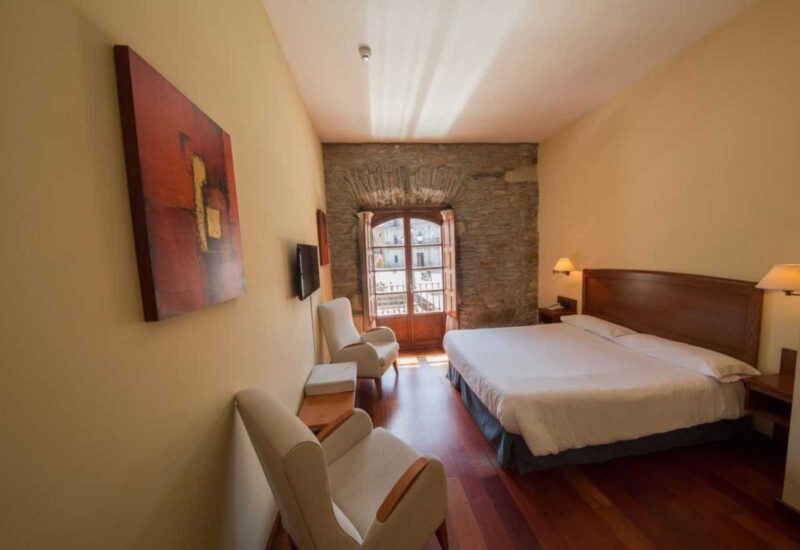
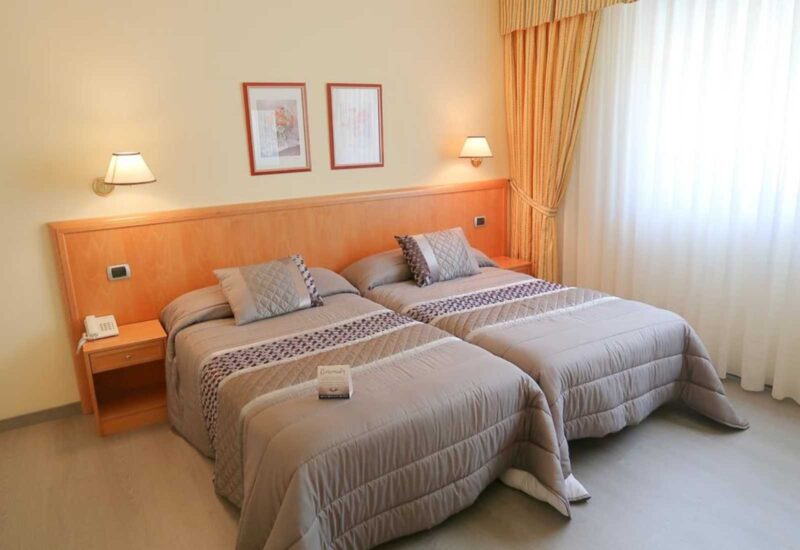
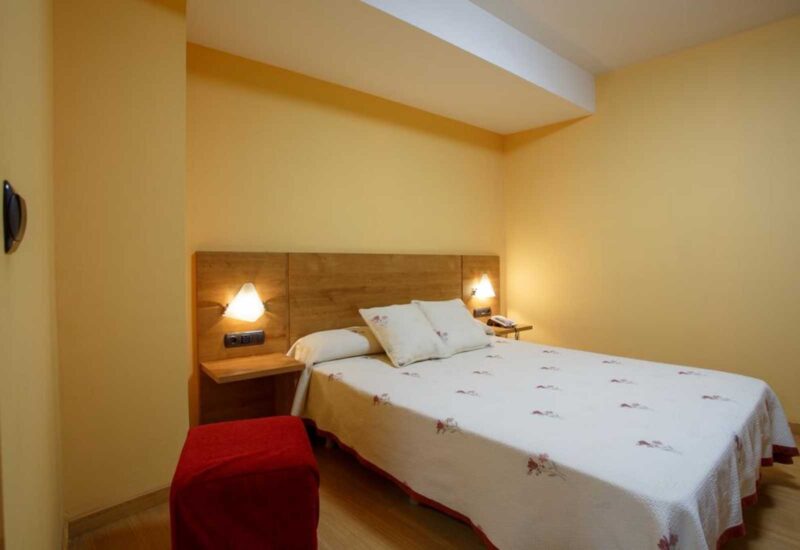
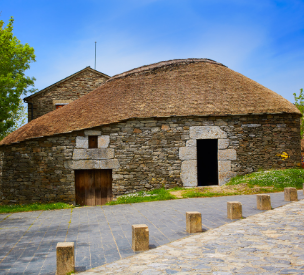
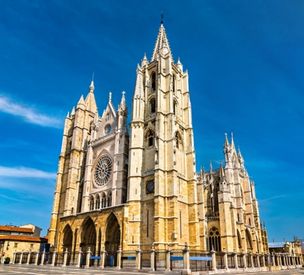
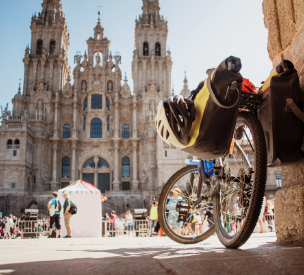
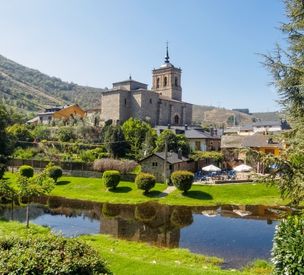
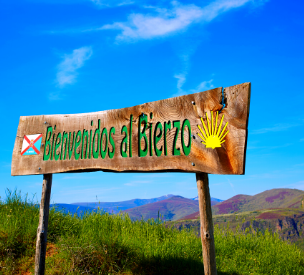

Reviews
There are no reviews yet.